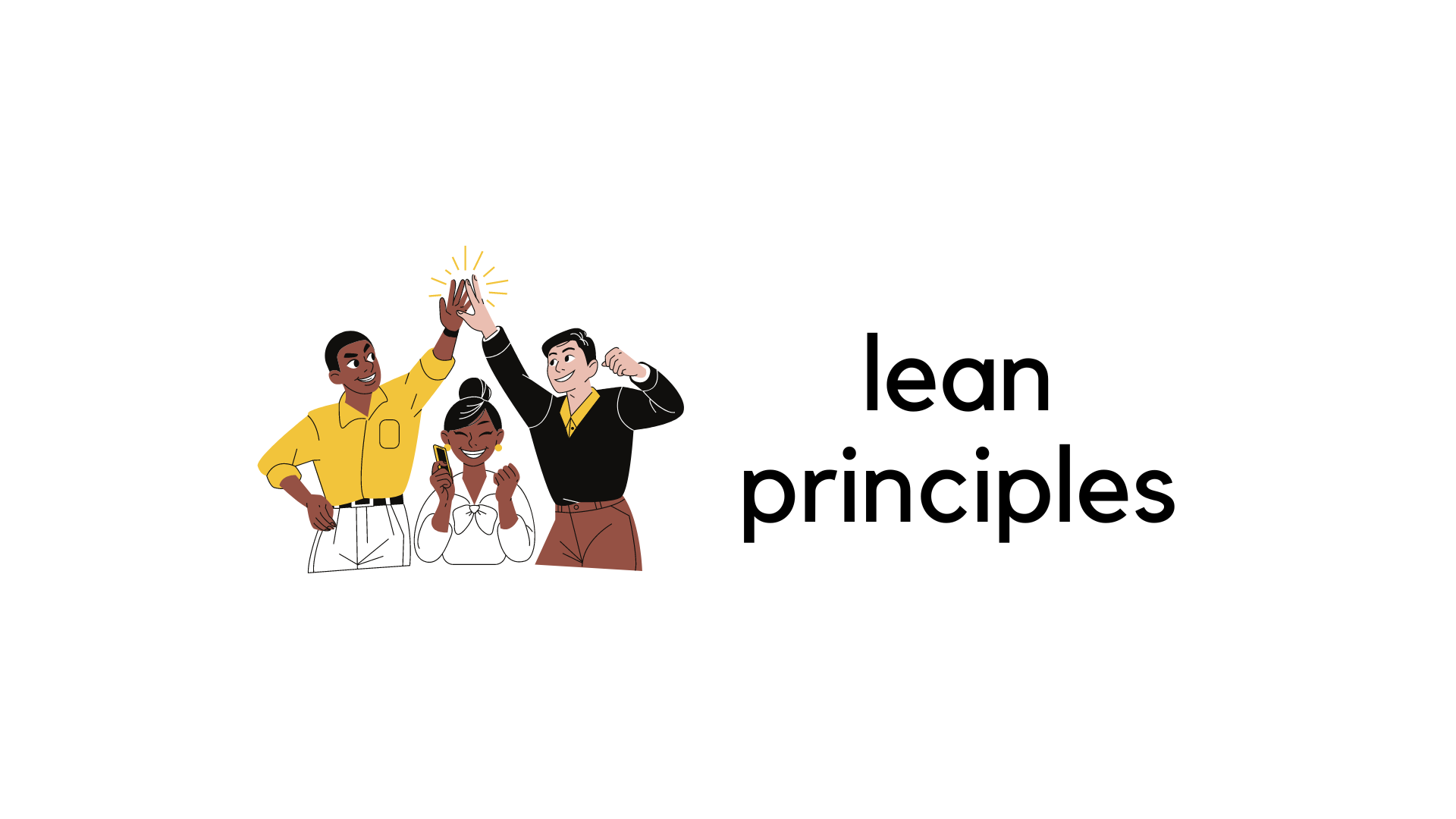- What is Risk Management?
- Types of Risks an organization may face
- Why is risk management critical?
- Process of Risk Management
- Strategies and techniques for risk management
- Risk response strategies
- Advantages of Risk Management
- Disadvantages of Risk Management
- Risk Management Standards and Frameworks
- Risk management as a career path
- Job profiles a risk management professional can look out for
- Requisite skill-set required for risk management professionals
- What is Risk Management?
- Types of Risks an organization may face
- Why is risk management critical?
- Process of Risk Management
- Strategies and techniques for risk management
- Risk response strategies
- Advantages of Risk Management
- Disadvantages of Risk Management
- Risk Management Standards and Frameworks
- Risk management as a career path
- Job profiles a risk management professional can look out for
- Requisite skill-set required for risk management professionals
What is Risk Management?
Risk Management deals with identifying, analyzing, and mitigating the threats to an organization. Risks can be from various sources, and their severity depends on how well the organization has planned its risk management strategy.
Types of Risks an organization may face
An organization may face risks based on various internal and external factors, including political changes, threats to reputation, location hazards, mergers & acquisitions, etc. Below are the types of risks an organization can face:
- Security Risk
The major threat a business can face today is virtual/ online. Hence if your cybersecurity best practices are not in place, you will be at the receiving end of cyberattacks.
- Compliance Risk
This type of risk arises when an organization violates external laws and regulations which can eventually lead to losing customers and facing heavy fines from regulatory authorities.
- Legal Risk – Contractual risk, Dispute risk, Regulatory risk
When a company fails to comply with government rules and regulations, it leads to legal risk which can result in lawsuits and a negative reputation.
- Strategic Risk
If the executives of a company fail to follow a business strategy or if the strategy is faulty, a strategic risk occurs. This can lead to deviating from preset objectives and goals.
- Operational Risk – Damage to assets, Employee errors, External fraud
These types of risks occur when the daily operation of a business seems to affect the revenue. They can be caused due to various internal and external factors. Implementing a daily management system can help businesses streamline their operations, reduce errors, and mitigate risks associated with day-to-day activities.
- Human Risk
The failure of employees to perform their assigned tasks can lead to this type of risk. Some of the factors can be way out of control like health issues, while some can be completely intentional like theft or fraud.
- Competition Risk
Failure to make continuous improvements and losing a fair share of the market for a service/product to competitors is called competition risk.
- Financial Risk – Default risk, currency risk, liquidity risk
When an organization does not plan the financial tasks or debt management, it can eventually lead to financial risk.
- Physical Risk
When a company’s assets like pieces of equipment, employees, or building, it leads to physical risk. This can arise due to natural disasters, fire, or even employee error.
To learn more about asset management, check out this Asset Management course.
- Reputational Risk
This can happen due to poor Public Relations strategy or any fault on the company’s part.
As the list seems to be pretty long, so is the amount of work a risk management professional must perform to help an organization mitigate and overcome these risks.
Check out the course on risk analytics that helps you to understand more about risk management and why it is critical.
Why is risk management critical?
While many employees might not be aware, a risk for the company directly affects the employees too. And that is why it is significant for every employee of an organization to be aware of Risk management, and here are the top reasons why.
- Saves time and efforts
- Prevent reputation loss
- Guides efficient decision making
- Benefits the overall organizational culture
- Creates monetary and financial benefits
- Reduces the frequency of unexpected events
- Ensures job security
- Initiates better project success
Process of Risk Management
Risk analysis is a problem-solving process in which various tools are leveraged to understand and identify the risks and the ways of resolving them. The process is as follows:
- Identifying the existing risks
The primary task the team has to do is to identify the source of the risks. Brainstorming is the key as it would bring in the inputs of different minds that can help identify the risks and their sources easily. While there may be multiple existing risks, it is essential to prioritize them, as mitigating all of them in one go is not feasible.
- Access the risk
Before running to find a solution to the risk, it is significant to analyze the impact of the risk and what caused it.
- Implement an effective mitigation strategy
After the risk is accessed, the team must immediately set on a pursuit to select the best strategy to mitigate the risk and ensure the chosen technique does not allow the risk to recur.
- Setup remedial and preventive mechanisms
Proper plans must be set to ensure remedial measures if the risk occurs again.
Strategies and techniques for risk management
Below are a few tools and techniques to be utilized for effective risk management:
- Probability and Impact Matrix
It helps in prioritizing risks based on impact. This technique helps allocate essential resources found on the risk impact, calculated based on the combination of probability and impact scores.
- Variance and Trend Analysis
This technique depends on the variance score. A variance score denotes the shift in actual numbers vs projected numbers. If the variance score rises, there will be a shift in the predicted and actual numbers. As the variance increases, so do the risk and uncertainty.
Variance and Trend Analysis helps identify risks, which helps mitigate the risk with lesser impact.
- Risk Data Quality Assessment
This method uses the collected data to identify the risk and its impact on the project/organization. One can determine the type of risk by analyzing and examining the parameters obtained from the data collected. Check out the free quality management course which helps you to analyse the quality risk with a better approach.
- Brainstorming
This is the oldest technique to identify and mitigate risks. All team members’ experiences and insights are considered, in which an optimal solution is derived to mitigate the risk.
- Reserve Analysis
A structured organization always keeps contingency measures in mind in a risky situation. They set up a reserve fund from the yearly budget, utilized when there is a shortage of funds to overcome a risky situation.
- Root Cause Analysis
As the name suggests, this technique identifies all the risks associated with a project. This method determines the root cause of the risk arising and rectifies it at the core level.
- SWOT Analysis
SWOT stands for Strengths, Weaknesses, Opportunities, and Threats. This analysis method determines the overall attributes of a project and helps find weaknesses and threats and the various techniques to mitigate them.
Risk response strategies
Different organizations respond differently to risks and threats, and listed below are a few of the risk aversion techniques and strategies:
Risk reduction
In this method, rather than focusing on eliminating the risk, the risk is contained.
Risk avoidance
In this strategy, you simply don’t get involved in activities that might pose a risk to you. This is similar to not over-speeding to avoid accidents.
Risk acceptance
At certain times, risks cannot be eliminated, and there would be some risk that is virtually impossible to stop. This is called residual risk, and the organization has to set up a process where this risk is contained, and no further progress is made.
Advantages of Risk Management
- All impending threats are identified at the earliest
- Helps the organization to be well-prepared for counteracting the threat
- Integration of health, safety, and environmental systems are in one instance
Disadvantages of Risk Management
- Too much time is spent analyzing and managing risks that are unlikely to happen
- Sometimes the risk assessment is subjective and lacks consistency
Risk Management Standards and Frameworks
A few of the risk management standards and frameworks are:
- The Casualty Actuarial Society (CAS) ERM Framework
- The COSO ERM Integrated Framework
- The ISO 31000 ERM Framework
- The ISO/IEC 27001 ERM Model
- The COBIT ERM Framework
- The NIST ERM Framework
- RIMS Risk Maturity Model ERM Framework
Risk management as a career path
Risk management applies to all sectors, and plenty of opportunities are available in the professional world. But, you must possess a qualification/ certification in enterprise risk management as it is a bare minimum requirement to enter this domain.
Job profiles a risk management professional can look out for
- Risk consultants
- Risk management analysts
- Associate risk managers
- Chief risk officer
- Risk Specialist
Requisite skill-set required for risk management professionals
The risk management job role is highly complex and demands skills running across.
- Complex problem solving
- Decision making
- Analytical thinking
- Judgment
- Diplomacy
- Negotiation
- Crisis management
- Financial Literacy
- Business knowledge
The above skills are majorly management-oriented. If you need to gain a strong understanding and practical experience in developing these skills along with a career-rewarding management certification, check out the PG Program in Management for Executives.
This 12-month program is designed for modern-day working professionals to understand management skills and knowledge. Check the program page for more details. Stay tuned for more of our blogs to gain career-related details.






